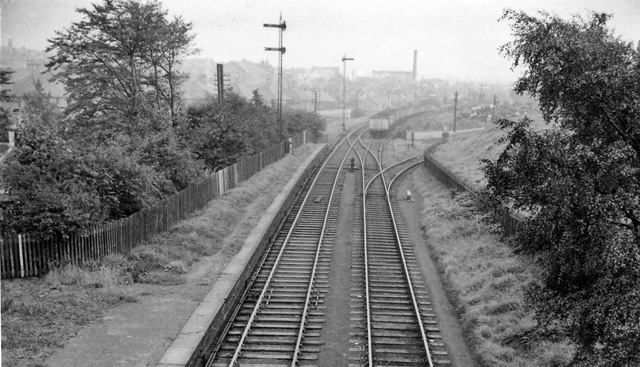Belvedere
Settlement in West Lothian
Scotland
Belvedere
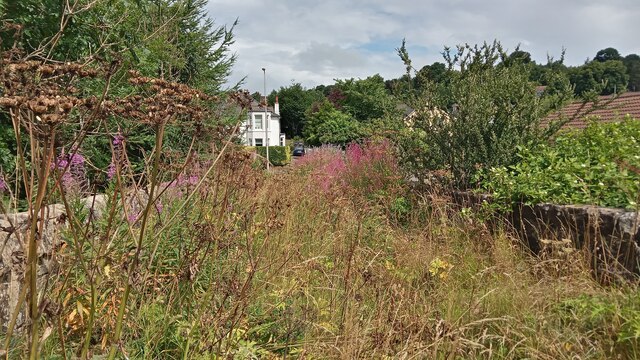
The requested URL returned error: 429 Too Many Requests
If you have any feedback on the listing, please let us know in the comments section below.
Belvedere Images
Images are sourced within 2km of 55.908383/-3.6475917 or Grid Reference NS9769. Thanks to Geograph Open Source API. All images are credited.

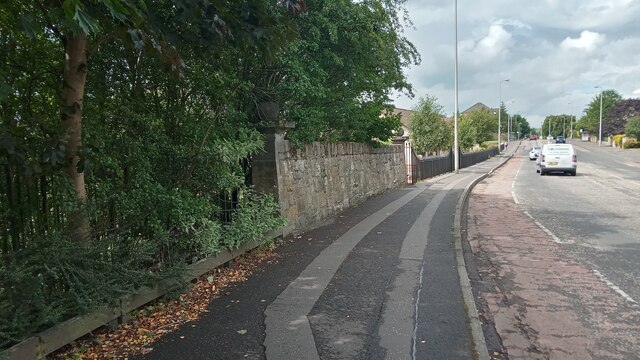
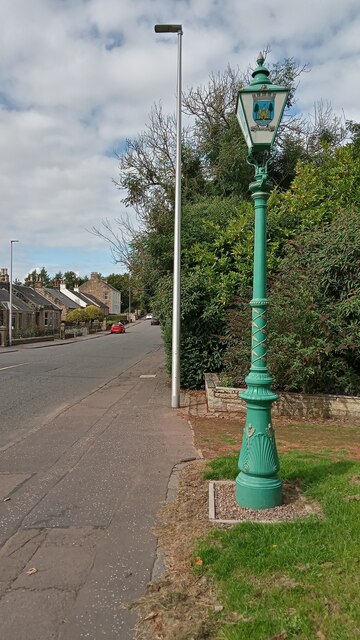
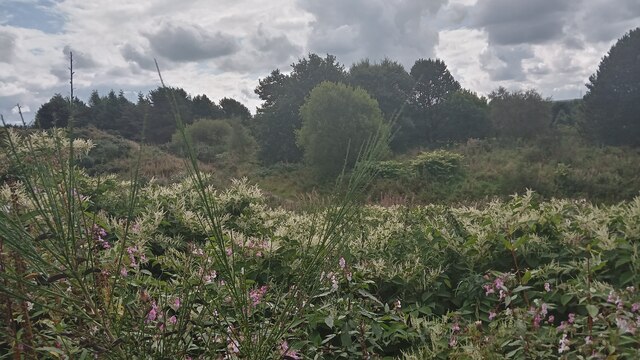
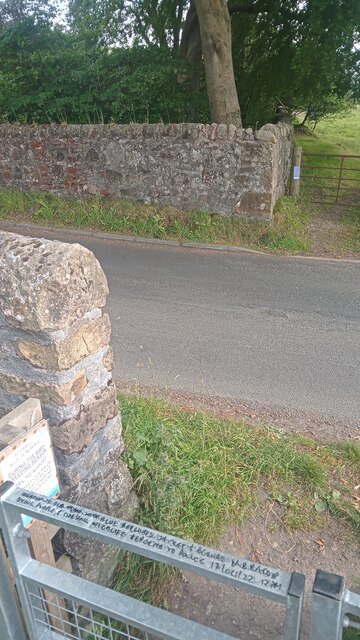
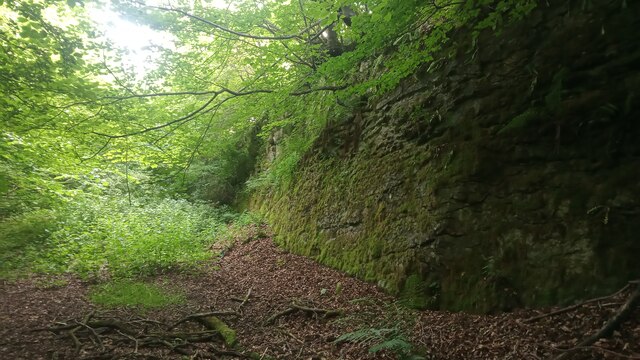
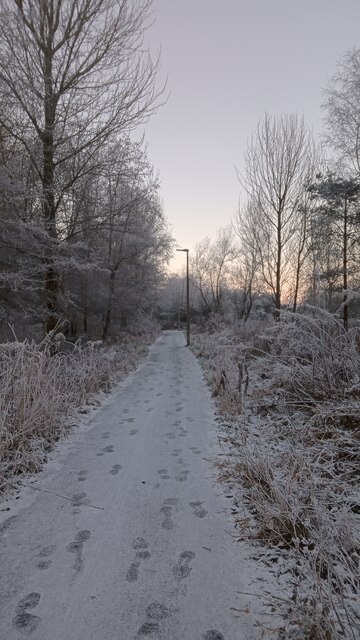
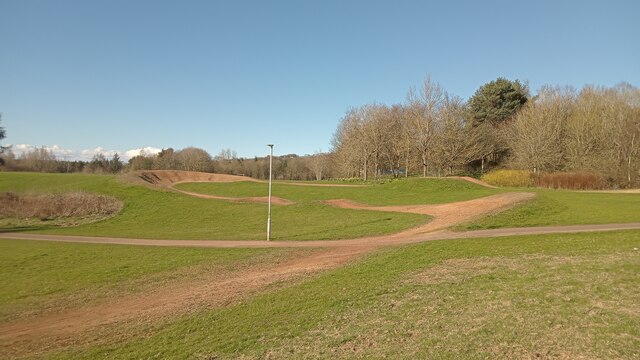
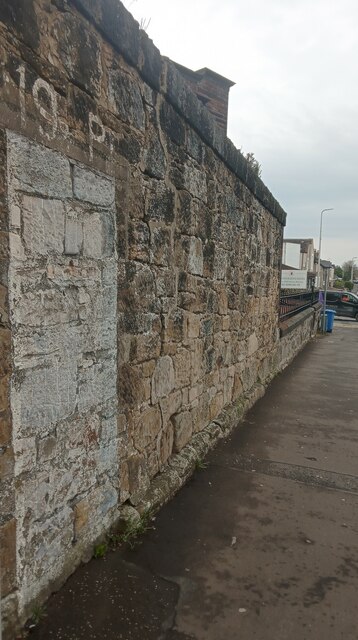
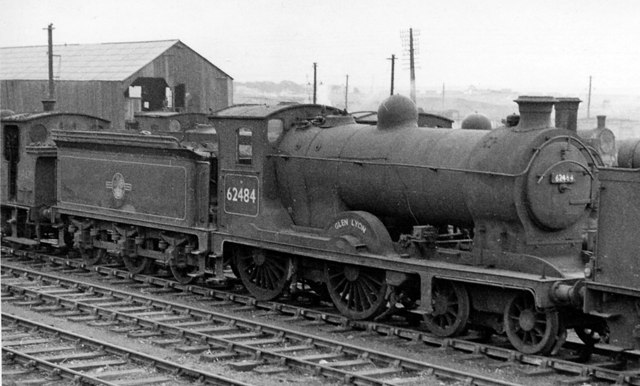
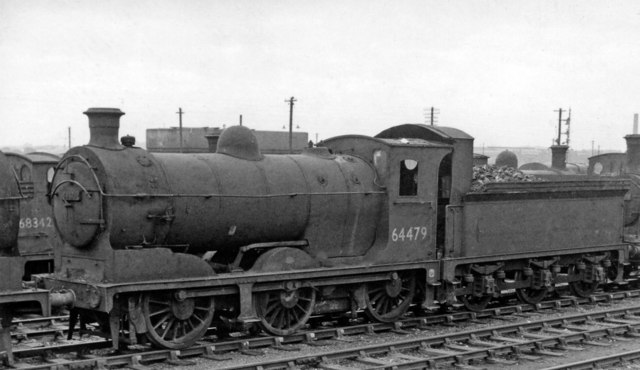
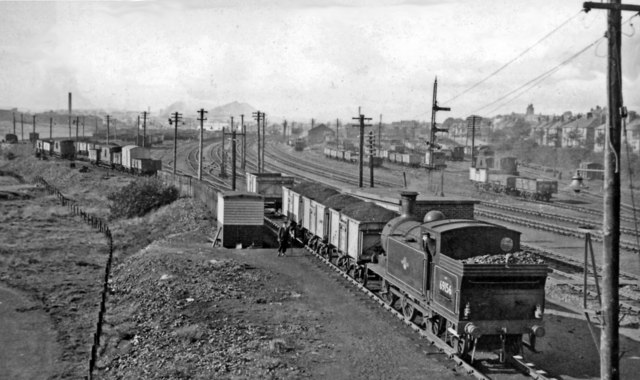



Belvedere is located at Grid Ref: NS9769 (Lat: 55.908383, Lng: -3.6475917)
Unitary Authority: West Lothian
Police Authority: The Lothians and Scottish Borders
What 3 Words
///confined.closet.unopposed. Near Bathgate, West Lothian
Nearby Locations
Related Wikis
Balbardie House
Balbardie House was an 18th-century Scottish mansion house in West Lothian, Scotland, near to the town of Bathgate. == History == The house stood on the...
Mill Park, Bathgate
Mill Park was a football ground in Bathgate, Scotland. It was the home ground of Bathgate F.C. from 1902 until they folded in 1938. == History == Bathgate...
Bathgate Lower railway station
Bathgate Lower railway station was a railway station serving the town of Bathgate in West Lothian, Scotland. It was located on the Bathgate Branch of the...
Reconnect Regal Theatre
Reconnect Regal Theatre is a performance art/movie theatre located in Bathgate, Scotland. == Reconnect == The Reconnect Regal is the first project of the...
Nearby Amenities
Located within 500m of 55.908383,-3.6475917Have you been to Belvedere?
Leave your review of Belvedere below (or comments, questions and feedback).




